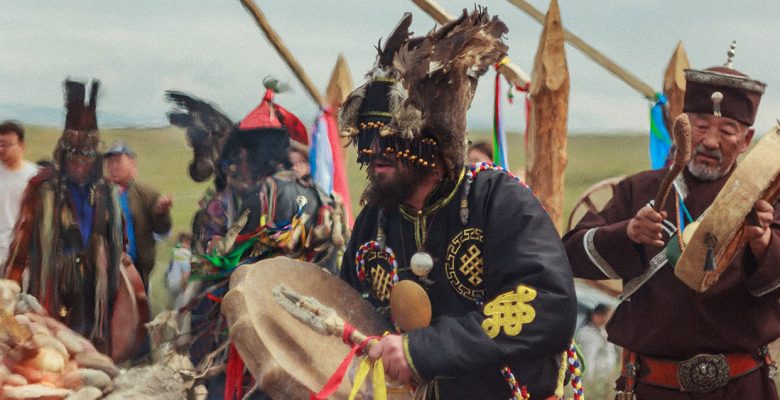What is a Shaman?
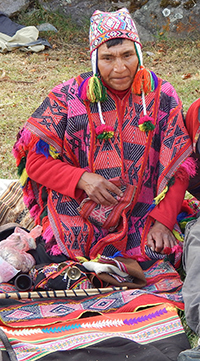
Shamans have been called poets, priests, physicians, and magicians. The term can conjure images of witch doctors, wizards, or seers. Yet for all its mystique, the role of shaman is distinctive and practical, dating back to the earliest records of human culture and prefiguring every known type of healer and spirit worker. All through the ages, shamans have served to heal every type of illness and imbalance in the visible world – by collaborating with spirits in the invisible world.
Scholars argue the broad definitions for “shaman.” However, archaeologists, anthropologists, and historians classify core traits consistent among all shaman from every period of history and in every corner of the world. Whatever the language or garb, shamans universally approach their relationships to healing and the world in essential ways.
Classic Shaman Characteristics
The shaman journeys into unseen worlds and states of greater awareness – connecting with spirits to work with energies affecting the physical world. Most practitioners utilise rhythmic tools, especially drums, rattles or dance, to enter into altered states. Through vibrations of repetitive sound, the shaman comes to know hidden realities and the nature of sacred power or life force in all things. From deeper awareness of spirit, the shaman does any necessary work to restore needed harmony to life in the physical world.
Significantly, shamans work in conscious partnership with spirits. Fully aware, and with clear intent, the practitioner consults with helping spirits to diagnose unseen energies affecting individuals or worldly conditions – whether spiritual, emotional, mental, mythical, or archetypal. The shaman operates from the root of the problem, changing any incoherent energies impacting the physical world – bringing balance, healing illness, or helping with daily matters such as hunting, work, or weather.
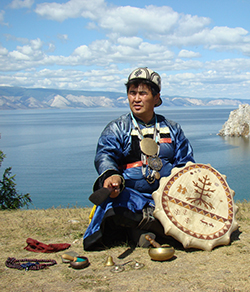
Shaman develop close relationships with an array of helping spirits and have techniques to acquire new relationships with personal spirit helpers. Spirits, or non-material beings with intelligence, range from the subtlest energetic patterns to the presence of Spirit as being in all things – and everything in between. Spirits might be animals, ancestors, astral forms, angels, or even “aliens.” With training and attunement, the practicing shaman learns to discern from among the myriad of spirit forms inhabiting the universe.
Many shaman traditionally work with elemental spirits or natural phenomena, like rivers and mountains who have evolved with the earth, such as the 12 Sacred Mountains or Macchu Picchu of the Peruvian Quechuan tradition. Shaman have long been at home with nature or animal spirits common to so many traditions, like the Quechuan condor and jaguar – or those native to local regions, like the fox, robin, or falcon of Ireland. In every part of the world, shaman customarily work with spirits of sacred sites, like Tara and Lough Crew of Ireland. Whether specific to a cultural tradition, inherited from a received teaching, or absorbed through natural surroundings, personal spirit connection is the essence of shamanic work.
Steeped in affinity for spirits, shamans navigate the ever-changing, changeless universe – continuously adapting to evolving cultural needs. Unlike priests, physicians, psychiatrists, or even mystics, shamans do not adhere to a particular doctrine or text of faith. Instead, they draw from immediate universal wisdom, learning “to know” through direct experience with each unique healing journey. Moving constantly between worlds, the shaman translates mysteries into meaning through metaphor like the poet. Acting with the guidance of spirits, the shaman diagnoses, treats, and prescribes like a doctor. And like a priest, the shaman performs needed rituals or ceremonies. But for the shaman, each encounter is a direct outflow of spontaneous interaction with spirits. The intent is always to balance and heal, while acting to dissolve fears, ills, and incoherent patterns. Ever the student, the master practitioner continuously meets ever-changing conditions of the world – in synch with the timeless mysteries of the universe.
The Nature of the Shaman’s Journey
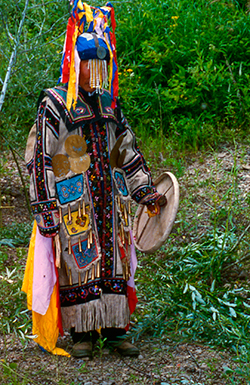
Each journey is unique for the shaman whose mastery turns upon a shapeshifting universe. In the cosmic call of communion with life force or Spirit, the shaman is often depicted in states of ecstasy. But what matters more in shamanic work is the practical art of healing. Culture, training, and natural ability all play in to the shaman’s art and skill.
The practicing shaman is adept at both “spirit-flight”and “embodiment.” In spirit-flight, the shaman leaves the body to retrieve energy – whether power, information, or lost parts of the soul. Through embodiment, the shaman invokes a helping spirit into his or her body to take energy back to the spirit world – by cleansing, extraction of intrusive energies, or divination. In the classic work, Shamanism: Archaic Techniques of Ecstasy, religious historian Mircea Eliade classified only spirit-flight as a form of shamanic journeying. However, Eliade’s observations were based generally upon north Asian shamanic tradition. Whereas in numerous regions of the world, trained shamans routinely move back and forth between flight and embodiment, often in a single session, in accord with needs of an individual.
Narrower Definitions for Shaman
The historian Eliade, identified more specific criteria for shamans – including mastery of fire, experience of dismemberment, and having animal guardians. While these traits describe shaman in many cultures within and outside of Asia, they do not apply to numerous other shaman around the world who are otherwise equally powerful and able.
Mastery of fire is essential to some cultures and beliefs, but not all. Nor does the skill necessarily dictate shamanic ability. For instance, mastering fire is required to test the shaman’s depth of trance or altered state in some cultures – yet in other places like China or India, walking on fire is a general test of faith. To shamans of the Arctic Inuit or the Japanese, mastering fire is crucial to developing magical inner heat from cold. Yet, Tibetan monks and Indian ascetics have long cultivated a discipline of developing a type of magical inner heat. Meanwhile, many shaman around the world, like the Maori of New Zealand and the Midewiwin of the Great Lakes region, have no such traditions for mastering fire.
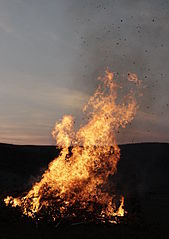
Dismemberment dreams or visions are common to shamans around the globe, but not to all. In dismemberment, the shaman experiences being physically torn apart by helping spirits – a type of metaphor for the death and rebirth of the initiate. As a mark of initiation, the Ammassalik Eskimos undergo a waking vision of dismemberment. But shamans in groups like the Yamana of South America experience no dismemberment despite a rigorous initiation involving rebirth.
Animal spirit guardians are vital helpers for many shamans, yet can play little or no role in the work of other shamans. In a universe of innumerable spirits, animal guides are one among a plethora of spirit forms. Though animal spirits are integral to most shamanic traditions, they are also central to entire societies, like the North American natives whose people all possess a power animal upon initiation into adulthood.
The Journey of Spirit in Action
Regardless of culture or background, the call to shamanism is native to every human being. Through consciousness-raising ritual, the individual cultivates natural awareness of an inscrutable universe drenched in meaning. The wise shaman consciously draws helping spirits near who help reveal the healing flows of harmonious life force. At home in the invisible world, the shaman takes action to shapeshift energies into visible healing for individuals and community. The ability to act consciously in concert with spirits distinguishes the shaman. The world’s most ancient healer endures across cultures and time, in touch with timeless mysteries.
Shamanic training courses at Green Tara College
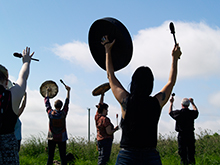 The starting point for all our shamanic training is the Foundation in Shamanism
The starting point for all our shamanic training is the Foundation in Shamanism
https://www.greentara.ie/zoom-shamanism/
The program is as follows:
- Foundation in Shamanism – this provides the basic skills. Details are below. This course is 2 hours per week, every Tuesday. [more details]
- Intermediate Shamanism – this is a 6-month course, 2 hours per week, every Thursday. Intermediate Shamanic training assumes certain key shamanic skills, taught in the Foundation in Shamanism course. However, if you already have those, you can enter this course directly, or take Foundation in Shamanism at the same time. The main focus is building your psychic power and a number of empowering initiations from the Q’ero tradition (Peru). [more details]
- Shamanic Practitioner – This is a 1-year course, with an optional second year for advanced work. This course assumes the skills developed in the previous classes and will focus on working with clients. We do not think someone can do this safely without the skills and training from the previous courses, though people can acquire those skills elsewhere – we are not requiring they have attended our classes, only that they are ready for the heavy-duty work of healing others. [more details]

